The new Range Rover Evoque has been developed for electrification

It is hard to imagine over a decade has passed since Jaguar Land Rover presented the LRX. Revealed at the 2007 Detroit Motor Show, this conceptual study addressed what was to become one of the biggest sectors in modern motoring – the compact urban SUV. Gerry McGovern’s design was bold. The Land Rover creative director purposely sketched a car that was ruthlessly single-minded for a powerful emotional punch.
The Range Rover Evoque production car that followed four years later maintained the edge. At the time management had predicted modest sales with what they saw as a niche vehicle. The Evoque, though, was a huge sensation for the company financially and for McGovern personally – who is now considered one of the most commercially successful car designers of our time. The following year the Evoque was crowned World Design Car of the Year, and this compact SUV has since received over 200 accolades worldwide.
Today, JLR revealed the new Evoque. It was never going to be an easy task replacing a car that carried such weight. The marque has progressed beyond recognition since 2007 – the collection of cars from both Jaguar and Land Rover confidently compete with some of the finest of luxury motor cars. The new Evoque is therefore an altogether calmer affair. The design is more refined, gentler, confident, and more attuned to the language of its siblings – especially the Velar.
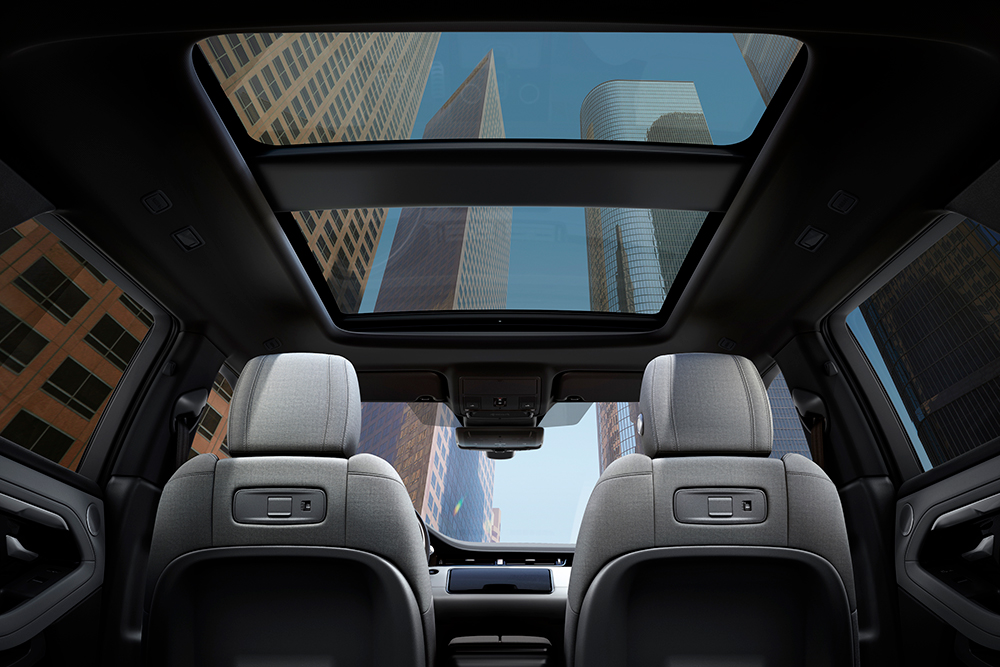
‘The LRX changed the direction of our brand,’ says McGovern at a preview of the car. ‘It helped send out a message that design is integral to our origin and therefore our success. The new car is unmistakably an Evoque – this was something we knew we had to do. It was also about moving the game on, making the car more refined.’
The volume remains almost the same; the high-raised waistline theme of the original car stays in place, as does the sloping roof that gave the Evoque its drama, while the rear windows are now a little larger to help with passenger visibility. The tail design, another Evoque characteristic, is modified a touch here to be more like ‘an athlete’s backside – high up,’ offers McGovern.
The new car has reduced front overhangs and more pronounced shoulders, powerful wheel-arches and chunky 21-inch wheels for a touch of urban attitude. Flush doors, as seen on the Velar, are introduced here, and the super-slim Matrix LED lights provide a more refined front and rear lamp graphic. Lastly, carved within the quiet exterior sculpture are some surprising elements, including stylish copper blade accents.
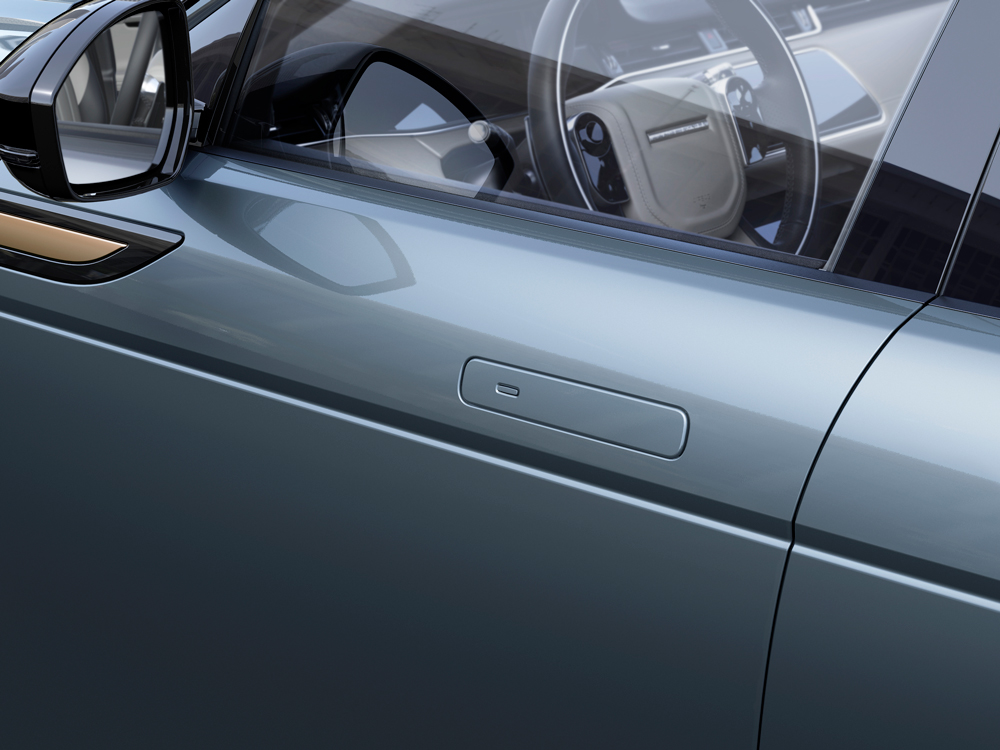
‘We wanted the new Evoque to have a quiet presence,’ admits McGovern. ‘We dialled down some of the reductionist themes which has its best manifestation with the Velar. It is about tapping into the passion of opulence. It is an accumulation of the details.’
The Evoque cabin is a calm and serene space, with a twin touchscreen Touch Pro Duo system, 16-way seat controls and cabin air ionisation. McGovern calls it ‘black tech’ – technology that is hidden from view until you turn the ignition on. And this is an advanced machine.
A definite highlight is the ClearSight digital rear-view mirror which projects a flawless all-surround 360-degree view image thanks to a camera positioned on the roof. Then the Ground View technology makes the bonnet invisible by projecting camera imagery onto the upper touchscreen to show the driver a 180-degree view under the front of the vehicle. This is useful when negotiating difficult parking spaces, navigating kerbs or tackling rough terrain. This Evoque is the first Land Rover with Smart Settings too, which uses artificial intelligence algorithms to learn the driver’s preference for an on-board butler of sorts.
There is an exciting materials story unfolding here. Amy Frascella, chief designer in the colour and materials department, has been quietly exploring novel materials for the automotive with the Velar and now the Evoque. Customers will be able to specify materials that are new to the scene, including a specialist wool blend being invented alongside the Danish firm Kvadrat and technical textiles that use recycled plastics as an alternative to leather.
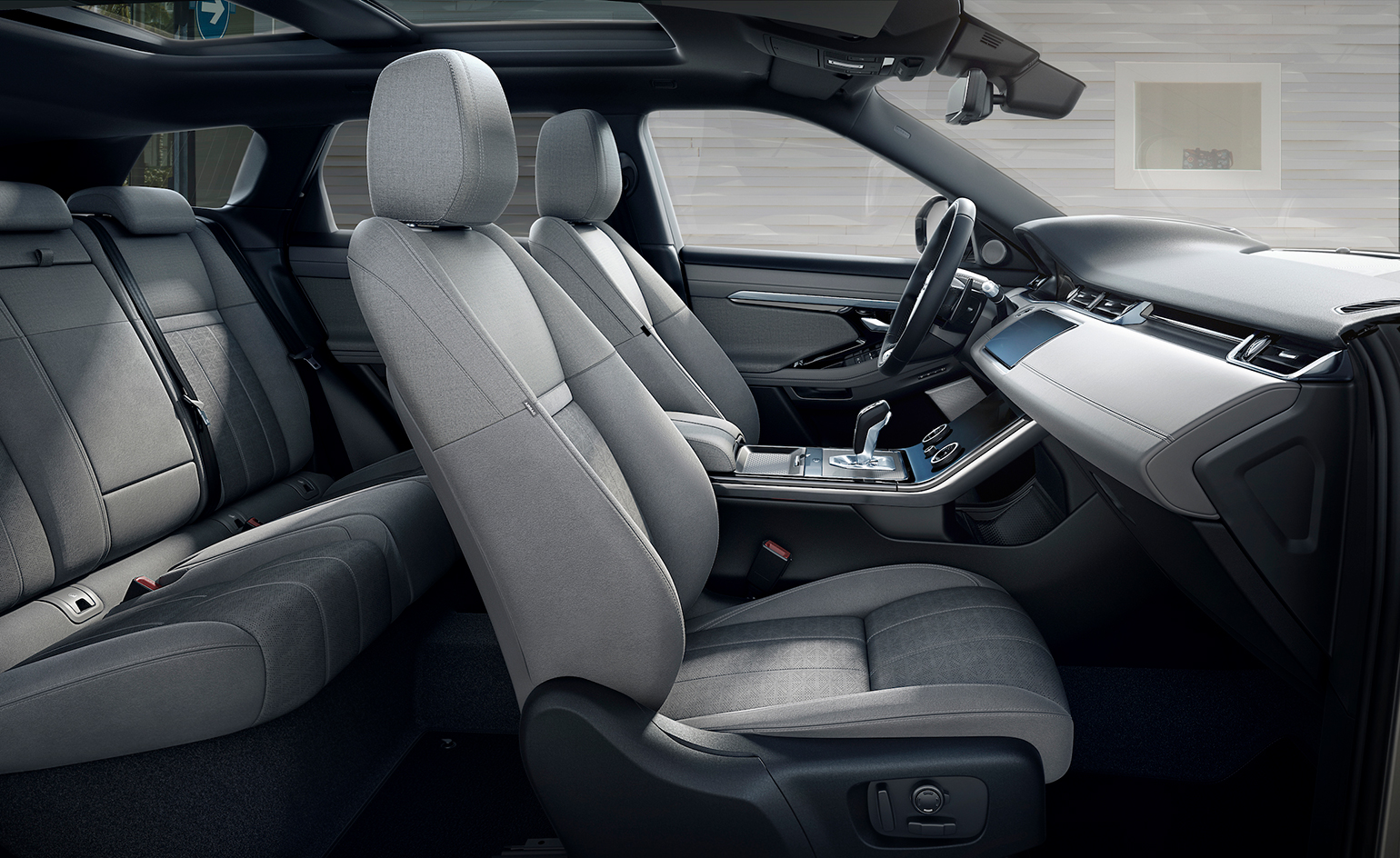
‘We placed a great deal of focus on the creation of refined, sumptuous interior and exterior colour and material details,’ she says. ‘This is a more progressive vehicle for us and we have introduced modular colour schemes inside to work better with the exterior colours. We have introduced technical textures and more responsible fabrics. Sustainability for us is now also about the providence of materials – where they come from is something that we’re taking seriously.’ McGovern adds: ‘For us it is about finding a relevance within markets that are more urbanised.’
The Evoque is built on the new mixed-material architecture, which helps create more interior space. A longer wheelbase allows for 20mm extra rear knee-room and an increase in small item stowage. The 591-litre luggage space is now ten per cent larger as well as much wider to fit a folded pram or set of golf clubs.
Crucially, the new architecture has been developed for electrification, with a 48-volt mild-hybrid available at launch and a plug-in hybrid model promised within a year. The mild hybrid powertrain is a first for JLR and works by harvesting energy normally lost during deceleration using an engine-mounted belt-integrated starter generator, and storing it in the under-floor battery. At speeds below 11mph, the engine will shut off while the driver applies the brakes. When pulling away, the stored energy is redeployed to assist the engine under acceleration and reduce fuel consumption. The idea is for a more refined, quiet and efficient drive in traffic.
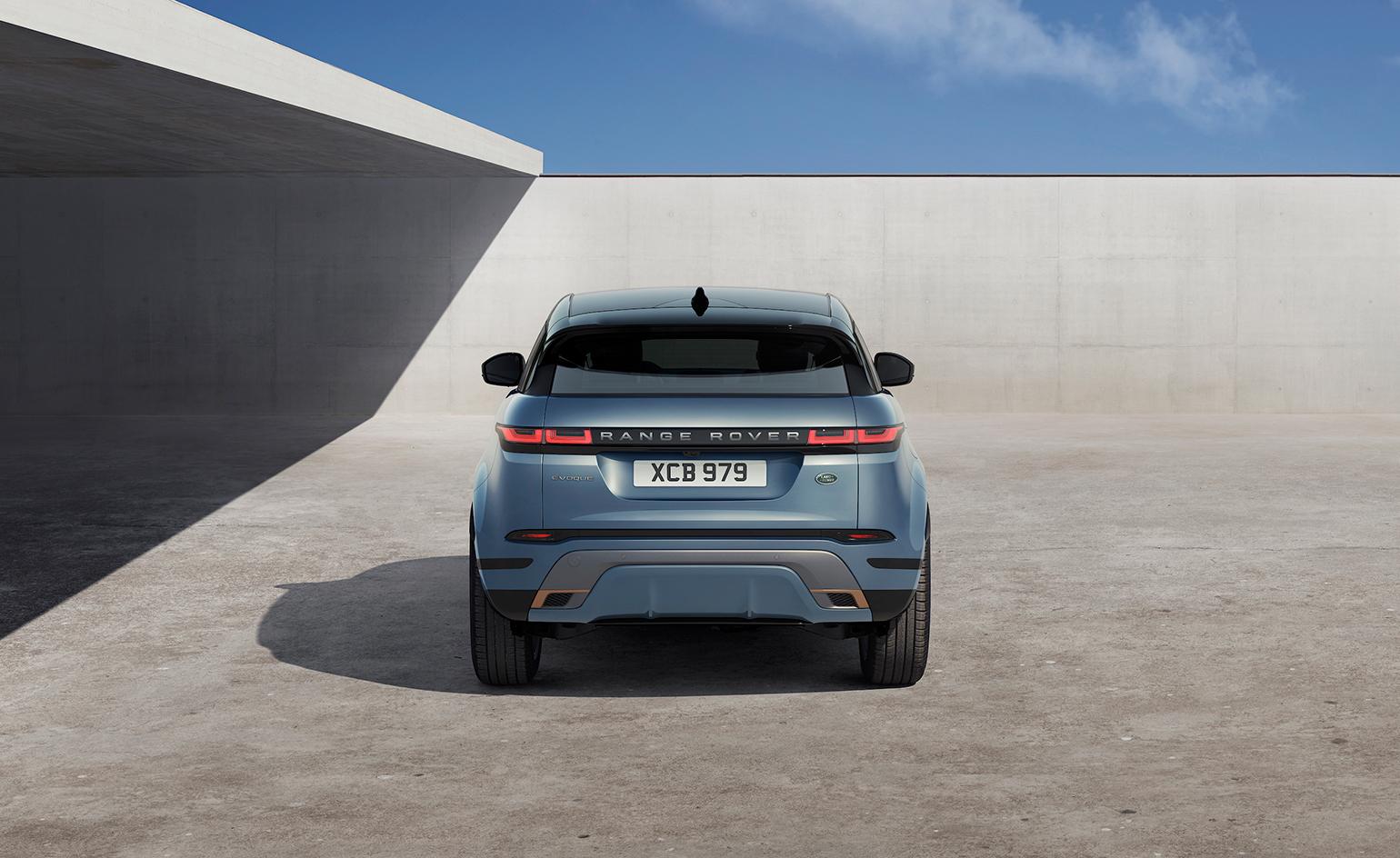
Land Rovers must perform off-road – this is essential to their brand promise, even if the cars often do little more than the school run. The Evoque too offers all-terrain capabilities in all weathers thanks to a host of technology being applied here – all-wheel drive, active driveline with driveline disconnect and adaptive dynamics to deliver the optimum balance of comfort and agility. Terrain Response 2, a technology adopted from the Range Rover, automatically detects the surface being driven on and adjusts the set-up accordingly, so the Evoque can now wade through waters 600mm deep.
The success of the Evoque has been two-fold. Financially, of course, it has helped JLR immensely, introducing new customers to Land Rover and raising its profile globally. Yet, its moral impact cannot be overrated. For this small little compact SUV boosted confidence for the marque. Its critical and commercial success has meant the design team, led by McGovern for Land Rover and Ian Callum for Jaguar, are able to suggest often radical new products, cars like the Velar and F-Pace – their voices heard clearly on the board of directors at the parent company Tata Motors.
McGovern admits the new Evoque is responding to the company’s success as well as a changing world – mass global urbanisation, tough legislation, ecological concerns. ‘It is about creating a balance and not becoming too generic. We need to continue to do vehicles that are unique and distinctive,’ he says, adding: ‘If we do this properly, Range Rover, Land Rover, Defender – they will all become brands in their own right.’
INFORMATION
Receive our daily digest of inspiration, escapism and design stories from around the world direct to your inbox.
Range Rover Evoque, from £31,600, available from spring 2019. For more information, visit the Jaguar Land Rover website
A writer and editor based in London, Nargess contributes to various international publications on all aspects of culture. She is editorial director on Voices, a US publication on wine, and has authored a few lifestyle books, including The Life Negroni.
-
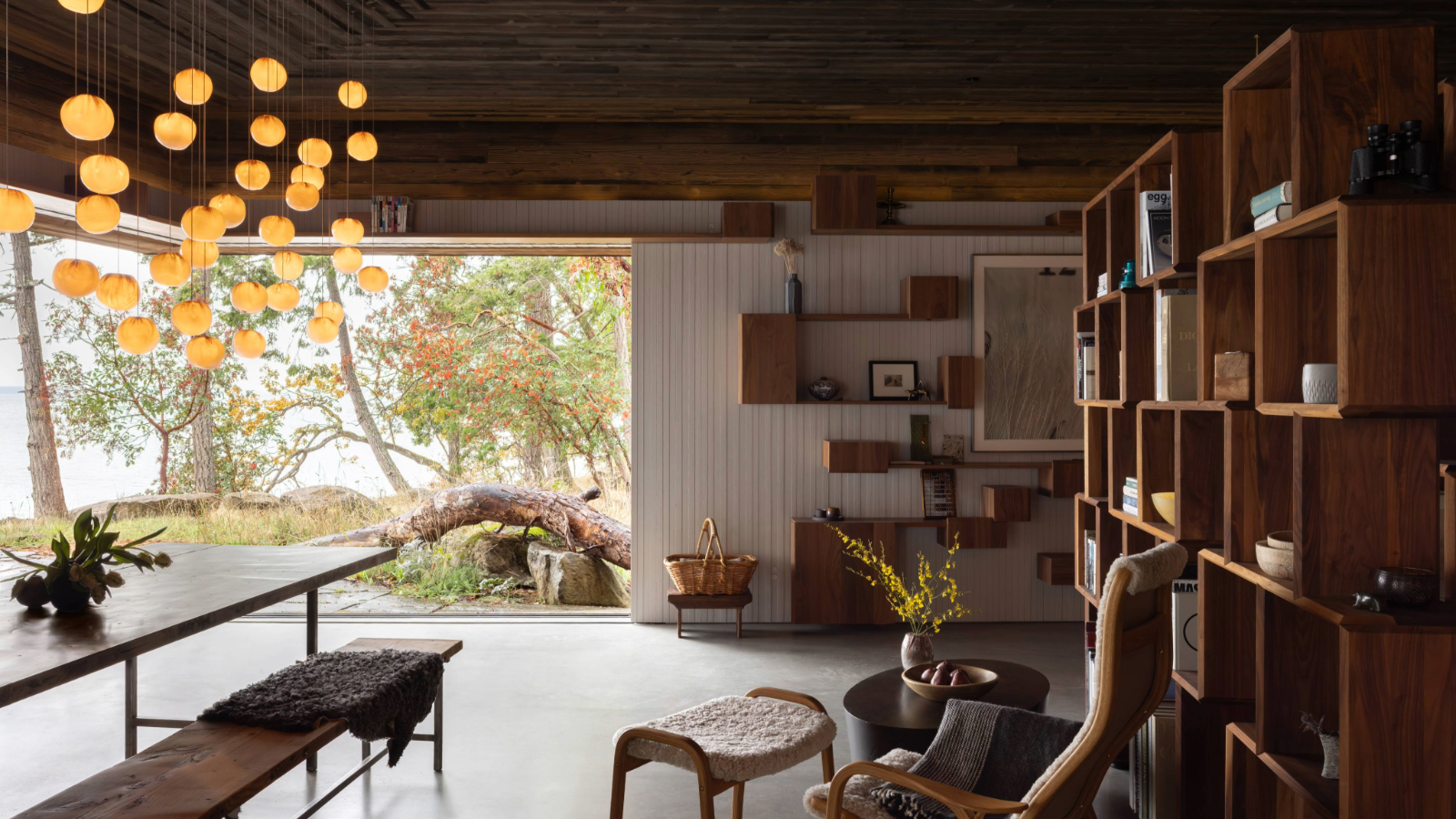 This retreat deep in the woods of Canada takes visitors on a playful journey
This retreat deep in the woods of Canada takes visitors on a playful journey91.0 Bridge House, a new retreat by Omer Arbel, is designed like a path through the forest, suspended between ferns and tree canopy in the Gulf Island archipelago
-
 Terrified to get inked? This inviting Brooklyn tattoo parlour is for people who are 'a little bit nervous'
Terrified to get inked? This inviting Brooklyn tattoo parlour is for people who are 'a little bit nervous'With minty-green walls and an option to 'call mom', Tiny Zaps' Williamsburg location was designed to tame jitters
-
 Let’s hear it for the Chopard L.U.C Grand Strike chiming watch
Let’s hear it for the Chopard L.U.C Grand Strike chiming watchThe Swiss watchmaker’s most complicated timepiece to date features an innovative approach to producing a crystal-clear sound
-
 Holland & Holland's Range Rover is outstanding in its field: shoot the breeze in style
Holland & Holland's Range Rover is outstanding in its field: shoot the breeze in styleCan you spare half a million pounds for a glorified four-wheeled gun cabinet? If so, the Range Rover Holland & Holland Edition by Overfinch might be the perfect fit
-
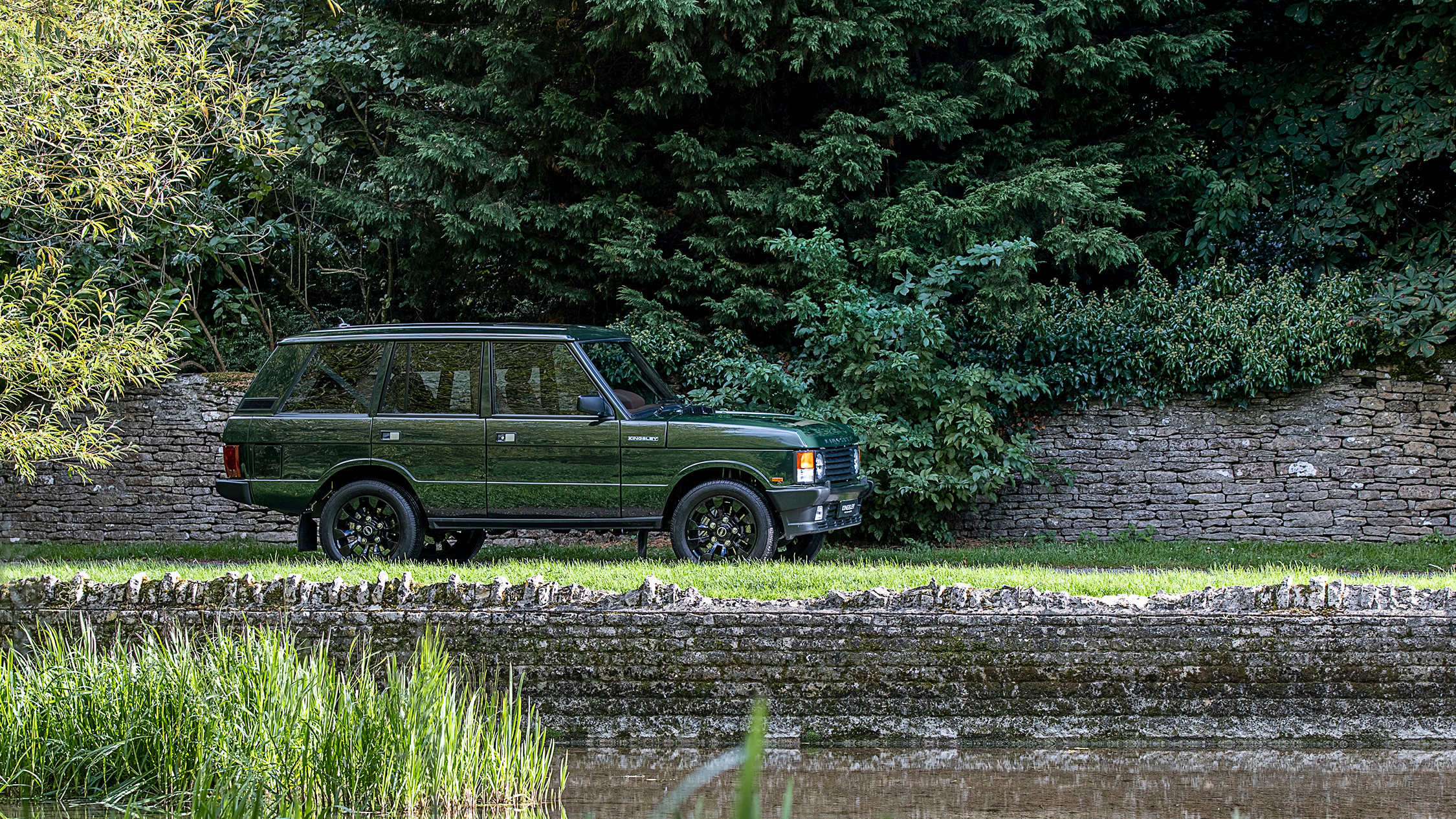 Kingsley Re-Engineered brings the Range Rover Classic into the modern era with the new KSR
Kingsley Re-Engineered brings the Range Rover Classic into the modern era with the new KSRA sophisticated retromod transforms the iconic original Range Rover into a thoroughly stylish and modern luxury SUV
-
 Peugeot’s sparky 308 gets hybrid power and handsome lines
Peugeot’s sparky 308 gets hybrid power and handsome linesThe Peugeot 308 proves that mass-market design needn’t be dull, blending hybrid power with sharp lines and excellent detailing
-
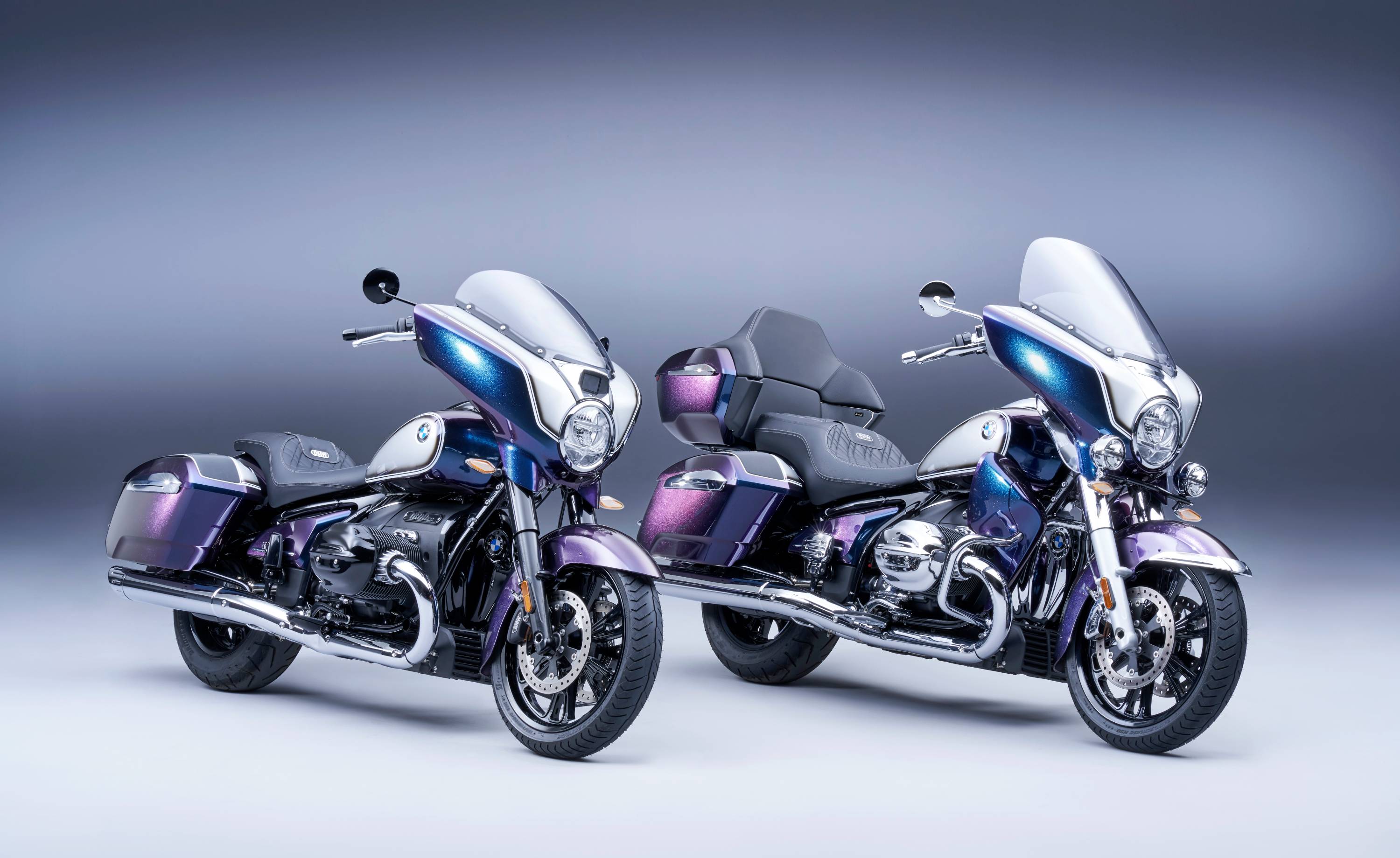 BMW Motorrad brings out the big guns for its newest cruisers
BMW Motorrad brings out the big guns for its newest cruisersBMW Motorrad R 18 Bagger and Transcontinental set the tone for high-voltage cruising with a brand collaboration with speaker specialist Marshall
-
 Dacia’s new Manifesto concept is a true outdoor utility vehicle
Dacia’s new Manifesto concept is a true outdoor utility vehicleUtilitarian auto brand Dacia sets a bold new agenda with its Manifesto, a concept car pitched at the active outdoor market
-
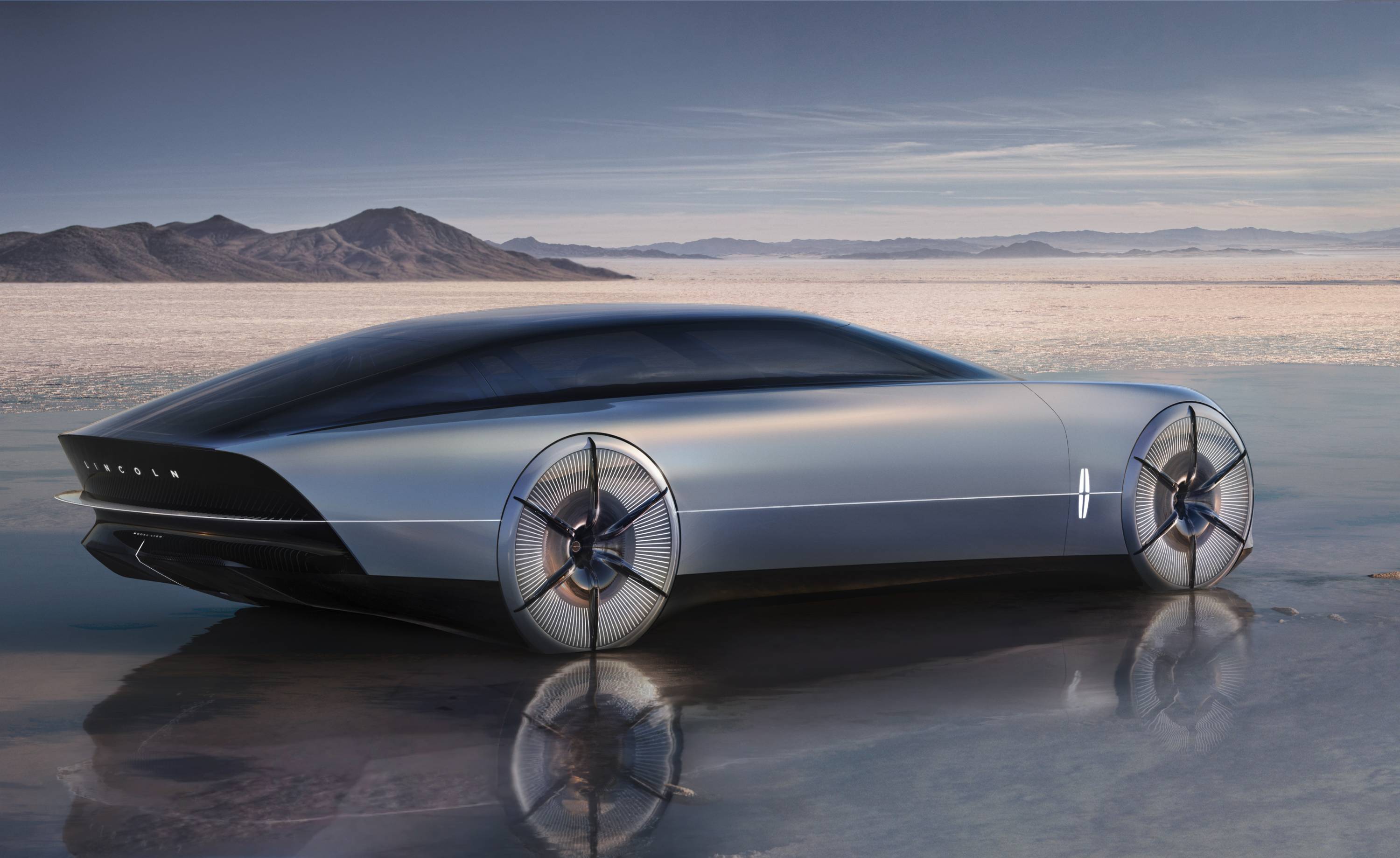 The sun sets on traditional supercars at California’s Monterey Car Week
The sun sets on traditional supercars at California’s Monterey Car WeekMonterey Car Week, the world’s most prestigious car gathering, is showcasing ever-more extravagant special editions, coachbuilt cars and all-new electric concepts. Here are seven key machines from 2022
-
 Is McLaren’s GT a sports car, a tourer, or the best of both?
Is McLaren’s GT a sports car, a tourer, or the best of both?The McLaren GT is a capable all-rounder dressed up in svelte supercar clothes. It might also be the last of its type
-
 Rolls-Royce puts the Phantom back on its lofty pedestal
Rolls-Royce puts the Phantom back on its lofty pedestalA mid-life refresh ensures the flagship Rolls-Royce Phantom Series II is at the top of its game, a last hurrah for traditional engines before an electrified future